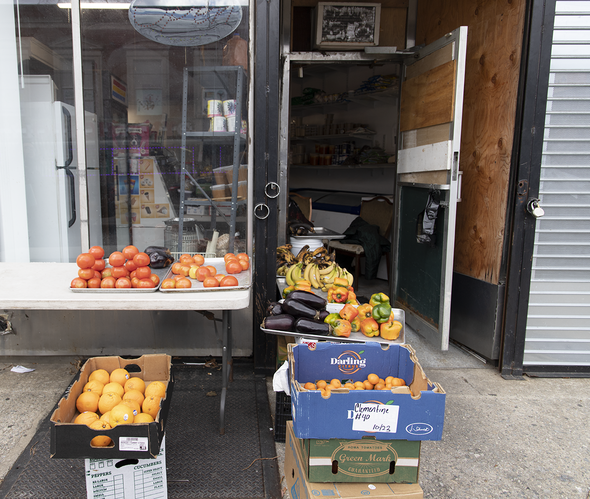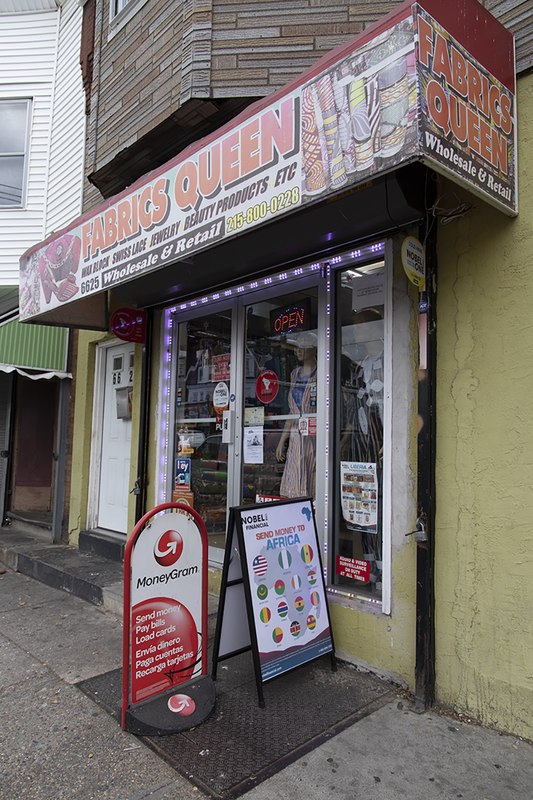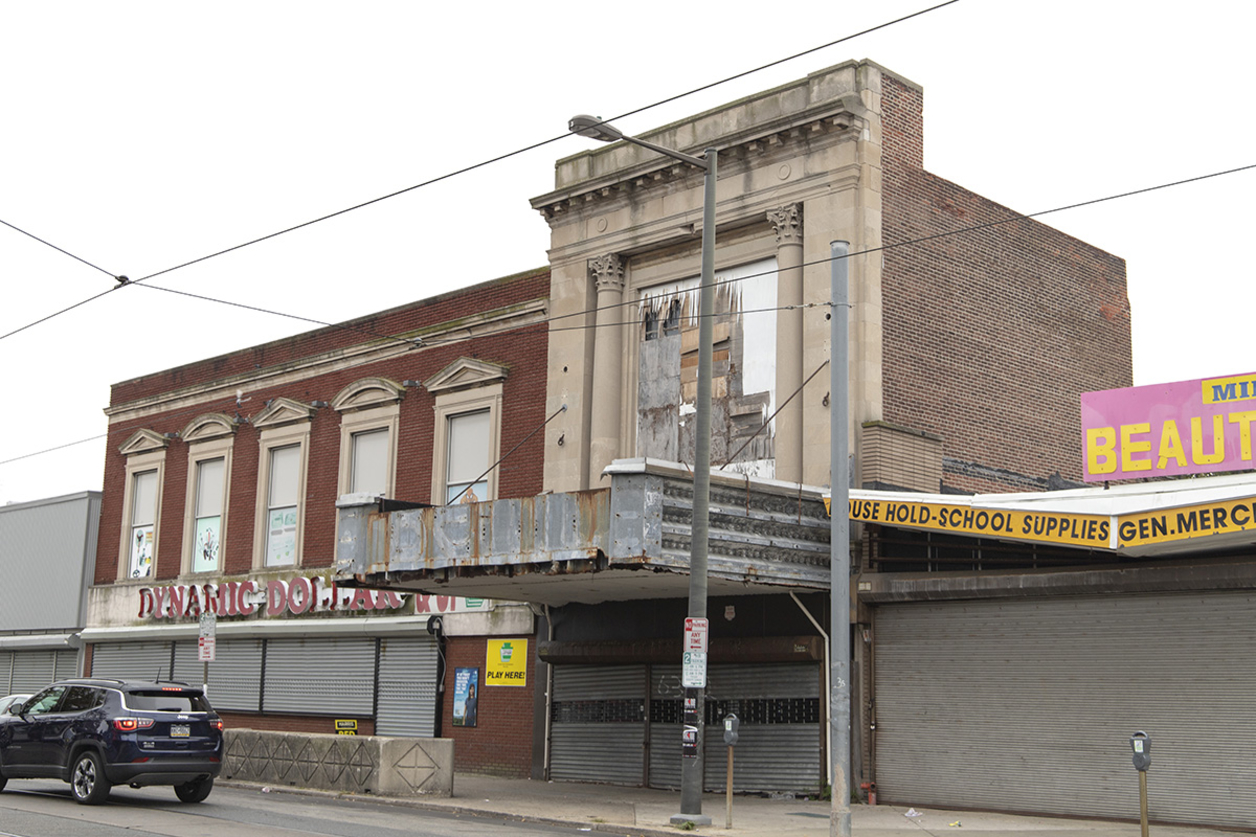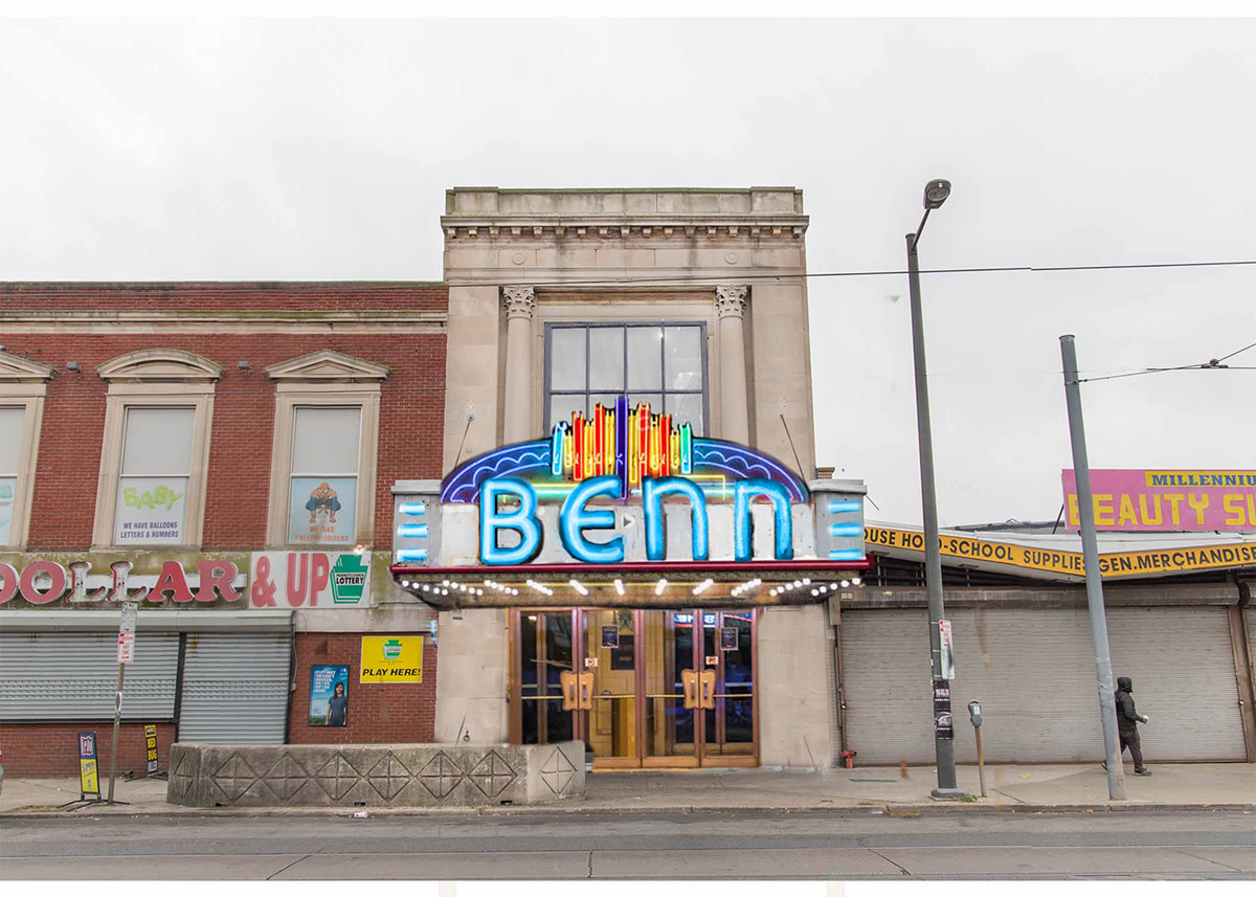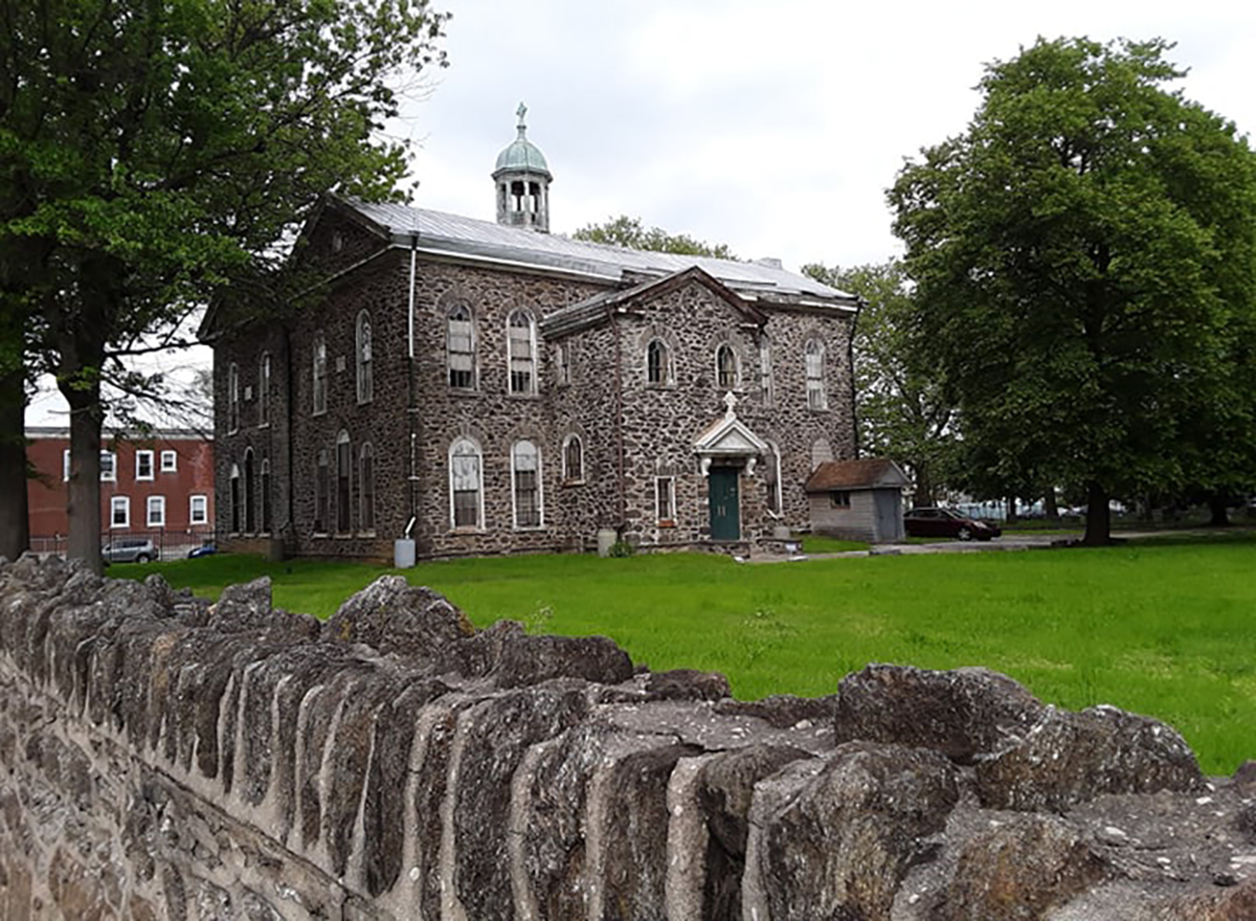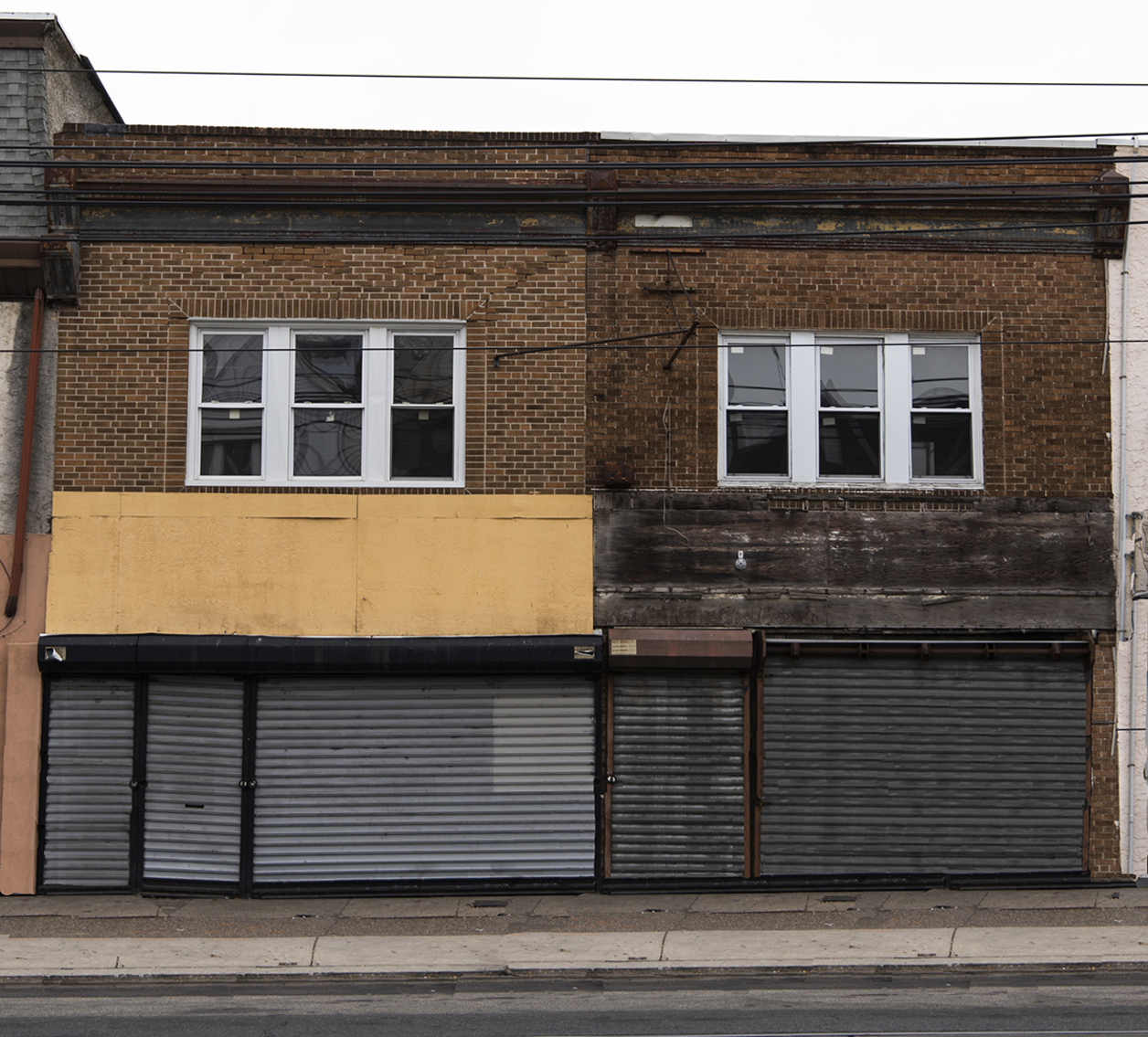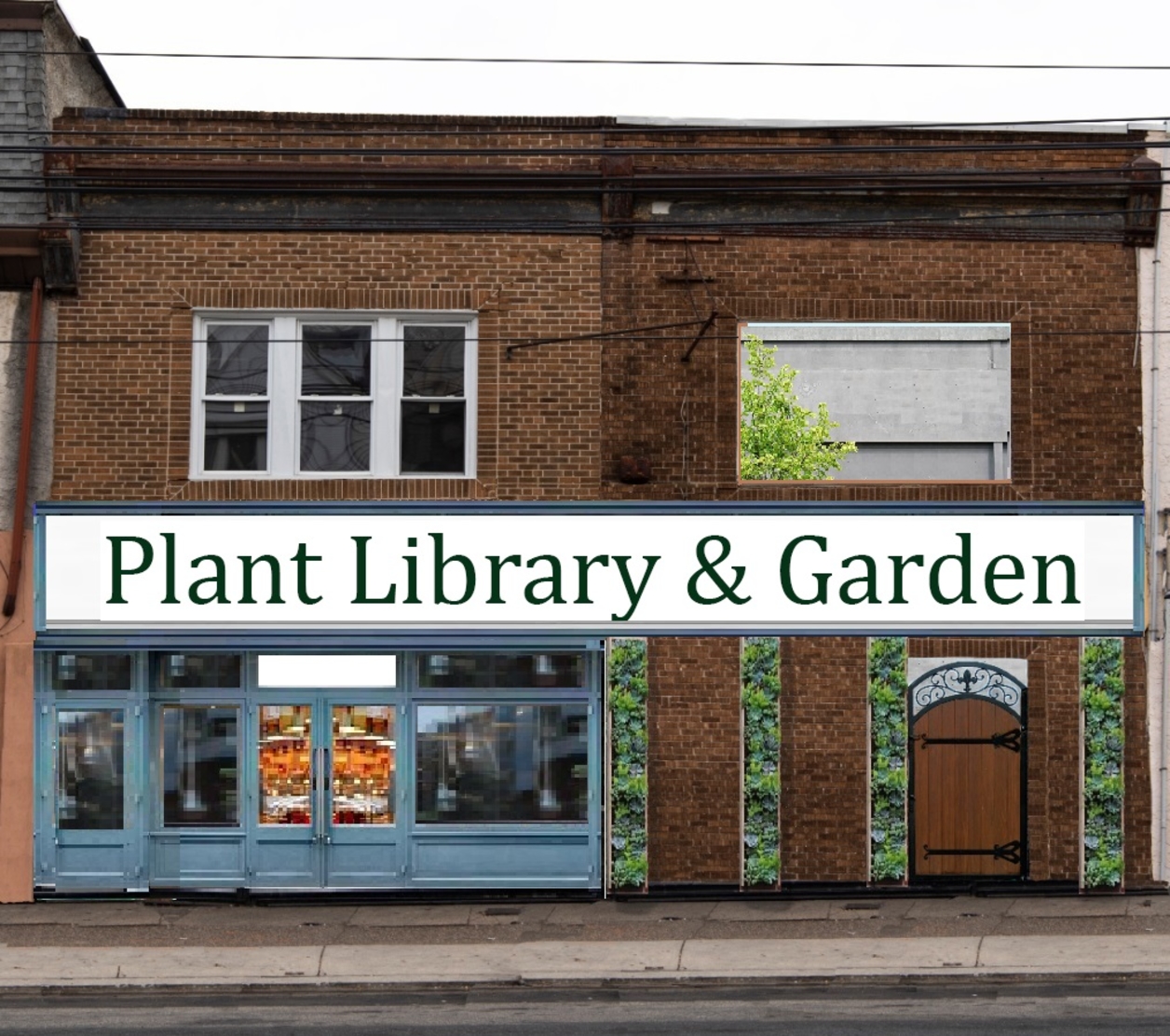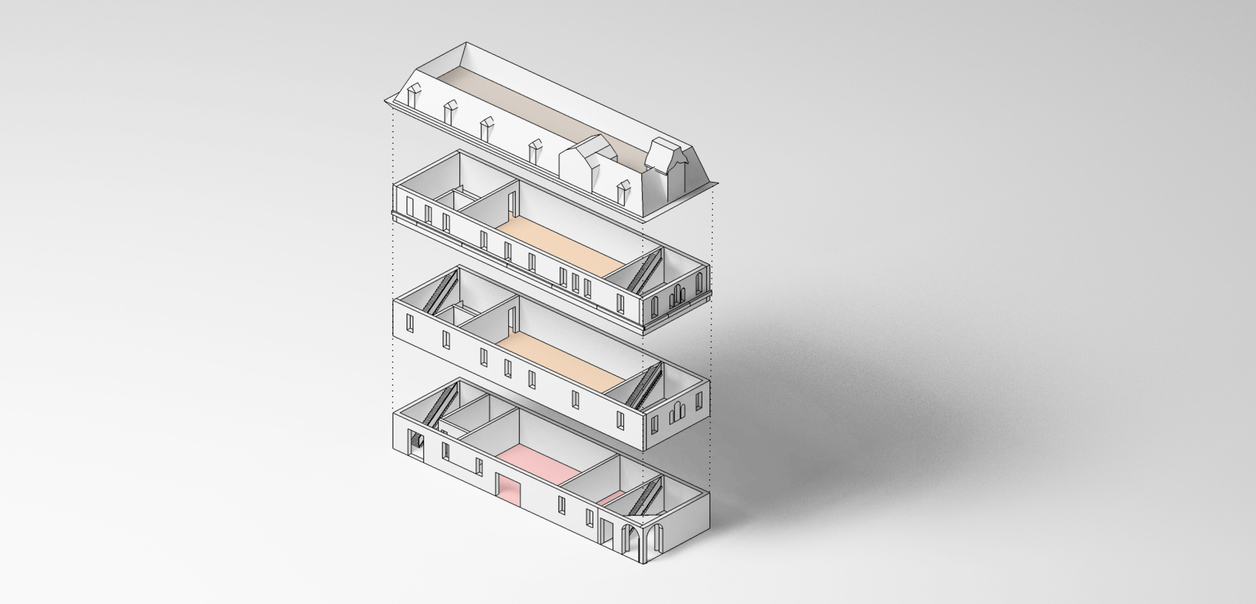Historic Preservation Studio: Philadelphia
The character of Kingsessing is shaped by streetcar-fueled 20th-century urban development, overlain on southwest Philadelphia’s unique colonial-period landscapes. Relict road patterns, rail lines, and some large cultural institutions shape the built heritage of the neighborhood subtly but strongly. Community succession is a big story here (as in many Philadelphia neighborhoods); the currently population is majority black, and strongly immigrant (especially West-African). The “Main Street” pattern along Woodland Avenue in the 60s is enriched by a few theaters and banks, a police station that also houses other municipal functions, and, at the southwestern end of our study area, the lovely old campus of St. James Episcopal Church. Other green spaces, residential areas and relict factories surround it.
This studio challenged students to think deeply about the mix and interplay of commercial and public spaces to enliven the commercial district (though it remains quite vibrant) and urbanistically connect to surrounding civic assets: like St. James’ campus, other nearby churches and parks, and perhaps Mount Moriah Cemetery.The neighborhood has changed dramatically over its centuries of evolution: stories of developer-built housing overlay colonial landscapes; later depredations of structural racism, white flight, etc. resulted in disinvestment and a wide variety of building adaptations; a thriving immigrant community is evident in the commercial strip. The question now is how can the inherited built environment serve the present and future community? And how historic preservation-led strategies can shape change that brings development without displacement.


